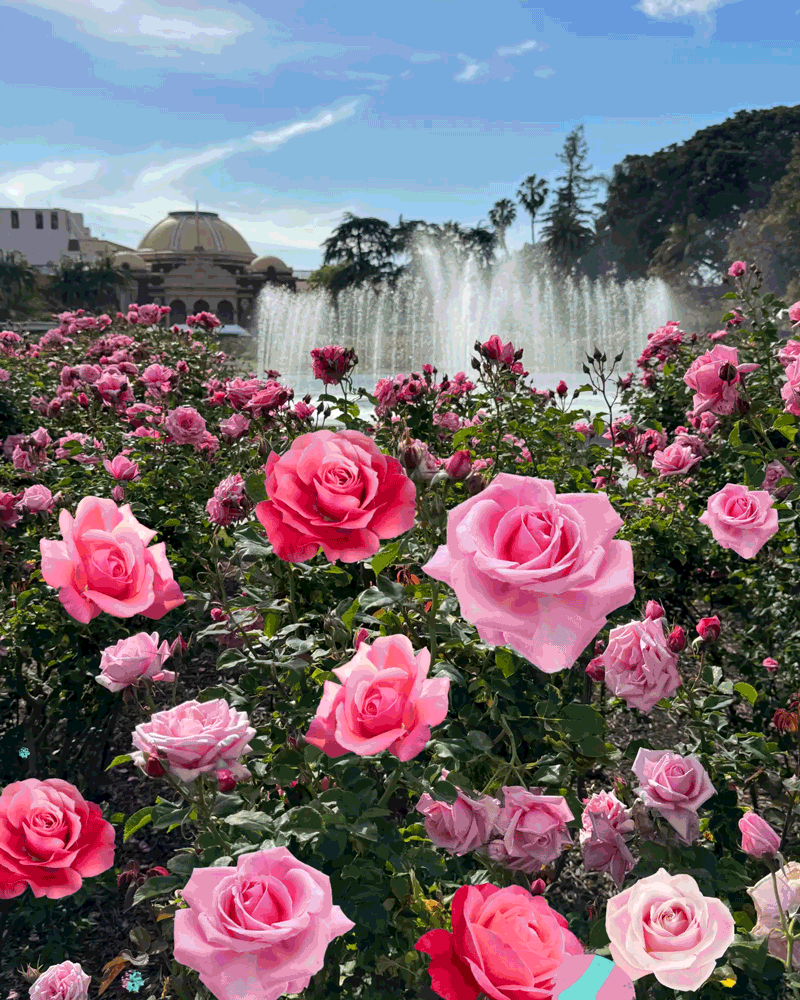Oases spanning the centuries
- Share via
WHAT is a garden if not humanity’s attempt to bend Nature to its will? It is an oasis, a source of nourishment for body and spirit, an expression of power, a bit of green where urbanites may commune, a laboratory for the horticulturist, a place to conserve precious water in arid lands.
For budding architect Jean-Paul Pigeat, gardens were merely backdrops for the grand buildings and structures he would study. “Little by little, their magic took hold of me,” writes Pigeat, who now directs the International Conservatory of Parks, Gardens and Landscaping in Chaumont-Sur-Loire, France, home to one of the most prestigious annual international garden competitions.
It is that magic he captures in “Gardens of the World” (Flammarion: 224 pp., $60), a lavishly photographed tour of more than 100 of the world’s most famous patches of green -- Hadrian’s Villa, Versailles, Giverny, Central Park -- and lesser known landscape designs that delight the eye and tickle the soul -- the Tarot Garden in Italy’s Tuscany; Portrack House in Scotland; and Gas Works Park, a reclaimed industrial wasteland in Seattle.
“Gardens” details both ancient and modern archetypes that illustrate the garden’s evolution over the millenniums. Pigeat takes us to the terraced fields that sustained the Artas valley near Bethlehem, the great reservoir that feeds the Menara gardens of Marrakech and the contemplative gardens at Japan’s Murin-an, designed to frame Kyoto’s sacred Mt. Hiei. He traces the impetus behind these places of beauty, including the grandiose designs of those who would flaunt their wealth and influence, like the Versailles of France’s King Louis XIV and Hippolyte d’Este’s sumptuous Villa d’Este, built in Italy in 1550 and fed by two aqueducts.
“This desire to produce a garden as physical proof of an individual’s power -- for only the powerful can afford to be wasteful of precious resources -- was the reasoning behind the Cardinal d’Este’s superb gardens on a hillside in Tivoli,” Pigeat writes of the converted convent whose many-tiered grounds are laced with ponds, cascades, shooting jets and hundreds of fountains.
We see geometric planes awash in vivid colors at Los Clubes, architect Luis Barragan’s Modernist water garden built in the early 1960s in Mexico City. There are the undulating topiary waves of greenery in the whimsical gardens built in 2001 at Villa Oliva in Lucca, Italy, and the riotous weaving of geometric shapes and unusual flora in Morocco’s Majorelle gardens dating from the 1920s.
For humble gardeners just beginning to nurture their private Eden, this book is an inspiration. *






